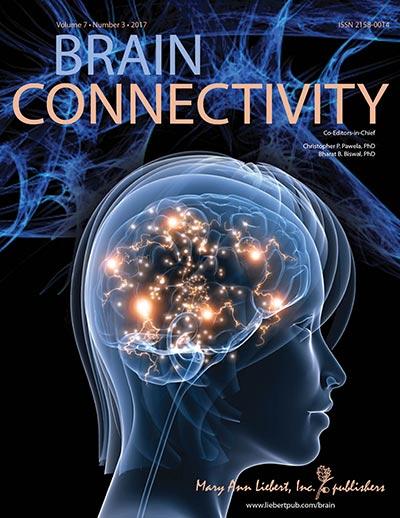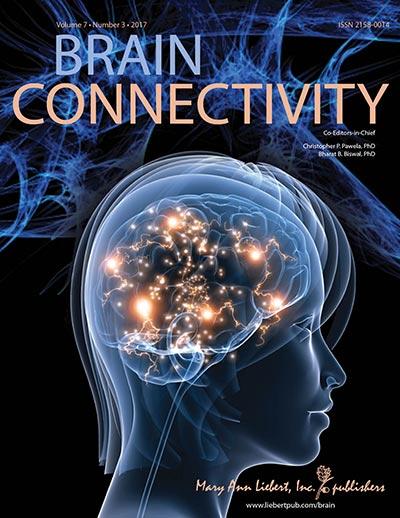
Credit: Mary Ann Liebert, Inc., publishers
New Rochelle, NY, June 21, 2017–Emotional control varies among children with autism spectrum disorder (ASD), and researchers using functional magnetic resonance imaging (fMRI) for whole brain analysis identified relationships between emotional lability and neuronal activity in two brain regions. They report their findings in the article "The Neural Correlates of Emotional Lability in Children with ASD," published in Brain Connectivity, a peer-reviewed journal from Mary Ann Liebert, Inc., publishers. The article is available free on the Brain Connectivity website until July 21, 2017.
Coauthors Randi Bennett and Amy Roy, Fordham University, Bronx, NY and Krishna Somandepalli and Adriana Di Martino, NYU Child Study Center of the Langone Medical Center, New York, NY, used resting-state fMRI to study the variability in emotional lability between a group of children 5-12 years of age. Whole brain analysis led the researchers to focus on neuronal circuits in two brain areas of interest, the middle frontal gyrus and the posterior insula. The researchers suggest that differences in neuronal network interactions may have a role in emotion regulation variability in individuals with ASD.
"Exaggerated mood changes are symptomatic hallmarks of autism spectrum disorder. Ms. Bennett and her colleagues have made an important contribution to the autism literature by identifying novel brain-behavior relationships that may lead to a greater understanding of the central linkage between emotional control and autism," states Christopher Pawela, PhD, Editor-in-Chief of Brain Connectivity.
Research reported in this publication was supported by the National Institute of Mental Health under Award Numbers K23MH087770, R01MH105506, and R01MH081218 and the National Institute of Child Health and Human Development under Award Number R01HD065282. The content is solely the responsibility of the authors and does not necessarily represent the official views of the National Institutes of Health.
###
About the Journal
Brain Connectivity is the essential peer-reviewed journal covering groundbreaking findings in the rapidly advancing field of connectivity research at the systems and network levels. Published 10 times per year in print and online, the Journal is under the leadership of Founding and Co-Editors-in-Chief Christopher Pawela, PhD, Assistant Professor, Medical College of Wisconsin, and Bharat Biswal, PhD, Chair of Biomedical Engineering, New Jersey Institute of Technology. It includes original peer-reviewed papers, review articles, point-counterpoint discussions on controversies in the field, and a product/technology review section. To ensure that scientific findings are rapidly disseminated, articles are published Instant Online within 72 hours of acceptance, with fully typeset, fast-track publication within 4 weeks. Tables of content and a sample issue may be viewed on the Brain Connectivity website.
About the Publisher
Mary Ann Liebert, Inc., publishers is a privately held, fully integrated media company known for establishing authoritative medical and biomedical peer-reviewed journals, including Journal of Neurotrauma and Therapeutic Hypothermia and Temperature Management. Its biotechnology trade magazine, GEN (Genetic Engineering & Biotechnology News), was the first in its field and is today the industry's most widely read publication worldwide. A complete list of the firm's 80 journals, newsmagazines, and books is available on the Mary Ann Liebert, Inc., publishers website.
Media Contact
Kathryn Ryan
[email protected]
914-740-2250
@LiebertPub
http://www.liebertpub.com
Original Source
http://www.liebertpub.com/global/pressrelease/new-study-examines-relationship-between-emotion-regulation-and-brain-connectivity-in-autism-spectrum-disorder/2203/ http://dx.doi.org/10.1089/brain.2016.0472
############
Story Source: Materials provided by Scienmag





